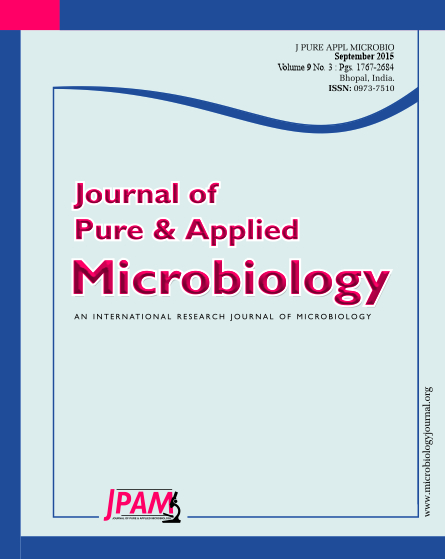Application of electrophotocatalytic (EPC) methods for drinking water disinfection was broadly used in the recent years. These methods led to producing of strong oxidant agents such as hydroxyl (OH–) radical. The goal of this applied-analytical research was to investigate of Streptococcus faecalis (S. faecalis), as a microbial indicator, removal from urban drinking water by batch EPC reactor with using zinc oxide (ZnO) nanoparticles immobilized on zinc (Zn) sheet-copper electrode, and lamp emitting dynode (LED) ultraviolet-A (UV-A) lamp. The contaminated water sample was prepared by adding 5×101-5×102 cells of S. faecalis bacteria per ml of drinking water. The studied variables were pH (6-8), the number of bacteria (5×101-5×102 cells / ml), the lamp intensity (120-360 mW cm-2), radiation time (5-30 min), the distance between lamp and electrode (1.5 cm), layering of zinc oxide nanoparticles (1-3), and current density (3-9 mW cm-2). The results showed the correlation between removal of cells and UV-A lamp intensity, current density, and radiation time. Optimal removal (0) was obtained at pH 8, radiation time: 5 minutes, 2- layer of ZnO nanoparticles, and current density of 3 mW cm-2. The findings indicated that removal efficiency was increased with increasing current density, radiation time, and lamp intensity.
Bacterium, Lamp emitting dynode, Electrophotocatalytic, Streptococcus faecalis, Urban drinking water
© The Author(s) 2015. Open Access. This article is distributed under the terms of the Creative Commons Attribution 4.0 International License which permits unrestricted use, sharing, distribution, and reproduction in any medium, provided you give appropriate credit to the original author(s) and the source, provide a link to the Creative Commons license, and indicate if changes were made.


